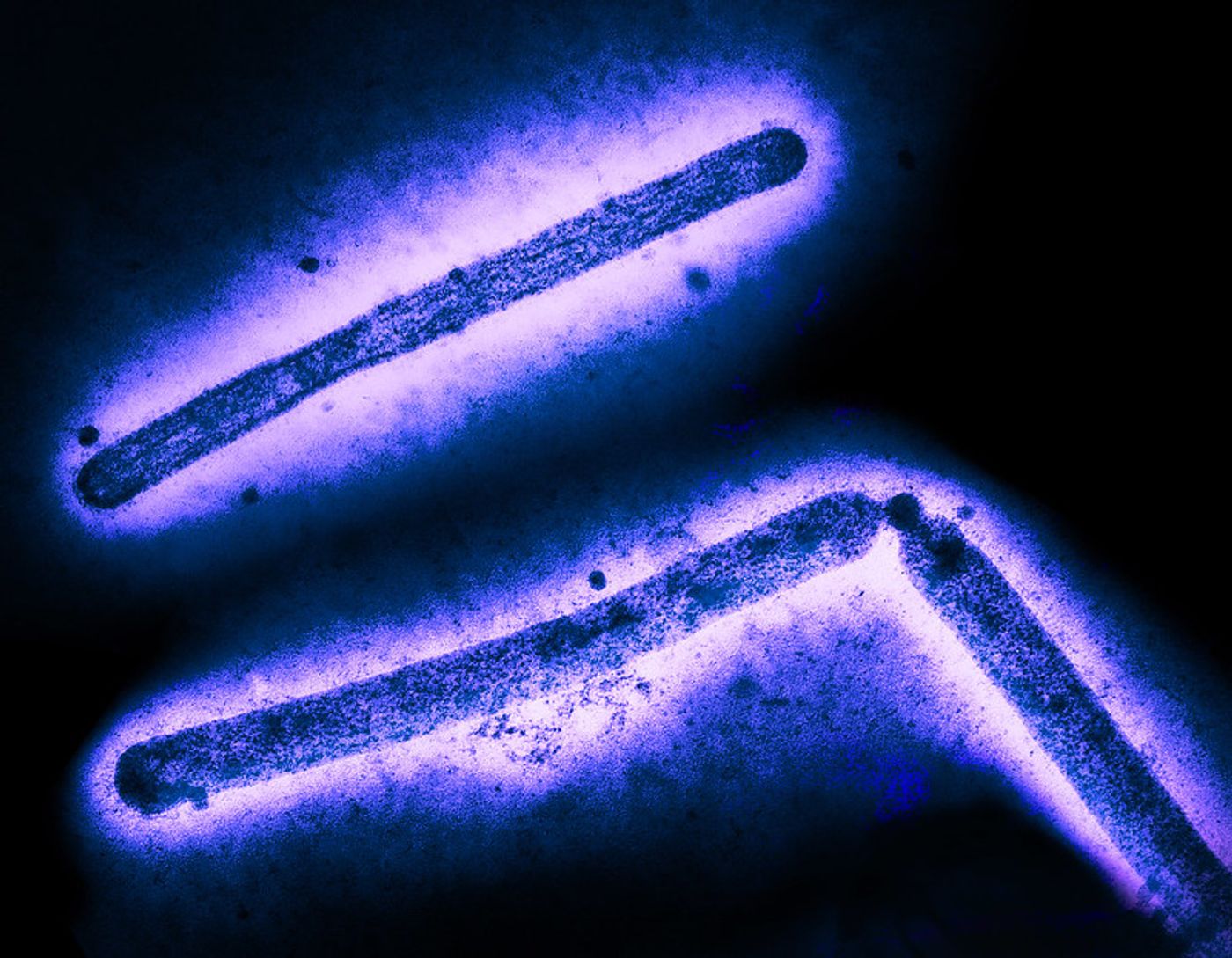Gene Editing Might Help Stop the Spread of Bird Flu
In the past few years, the H5N1 bird flu has led to the deaths of millions of wild and farmed birds around the world. It has caused major agricultural and economic losses, and the absence of so manu wild birds from the ecosystem will likely have ripple effects in nature. Bird flu is difficult to stop, and it's particularly challenging to develop an effective vaccine that can be successfully administered to massive numbers of poultry flocks. Right now, it has only infected a handful of humans, who have to be infected directly by an infected bird; humans do not pass this virus to other humans. There are so many bird losses though, scientists have been looking for a new way to control the bird flu with gene editing.
Genetically engineered chickens could help reduce the spread of bird flu. Scientists have now shown that it is possible to reduce infection in chickens by changing a gene that produces a protein called ANP32A in chickens. The findings have been reported in Nature Communications.
Flu viruses use this chicken protein during infection to help produce more viral influenza particles in cells. The researchers exposed ten of these gene-edited chickens to a bird flu virus called H9N2-UDL (a virus with low pathogenicity, as opposed to the highly pathogenic H5N1), and determined that only one of them became infected; infection with bird flu was prevented in nine of the ten genetically engineered birds. There was also no spread of the virus to other birds.
Next, the investigators exposed gene-edited chickens to a high dose of H9N2-UDL. There was still some protection, but this time, five of the ten birds that were exposed became infected. The infected birds did, however, carry lower levels of virus than normal, unedited chickens. There were also some limitations on the spread, and only one of four normal chickens that shared an incubator with an infected bird became infected. No chickens that had been genetically engineered became infected from another bird, however.
When the virus did infect genetically engineered birds, the virus switched to using two other chicken proteins that are related to ANP32A for replication in the genetically engineered chicken cells: ANP32B and ANP32E. The virus was also able to use the human form of ANP32 for replication in cell culture, but replication was weak.
The study authors noted that the findings have shown that one change to the chicken ANP32A protein is not enough to fully protect birds that are used in agriculture. Other sequences of DNA could be targeted, however, such as the genes that encode for the ANP32A, ANP32B and ANP32E proteins. This could prevent viruses from escaping the effects of a single gene edit. When all three genes were edited in cells in culture, and these cells were then exposed to the virus, viral replication was blocked in the edited cells.
Now, the researchers will have to try to create chickens that carry edits to all three genes. Such a bird has not been engineered yet.
The work has highlighted the importance of determining whether these edits drive viral evolution as well.
Bird flu is still a major threat, even if it poses almost no risk to people right now. "Gene-editing offers a promising route towards permanent disease resistance, which could be passed down through generations, protecting poultry and reducing the risks to humans and wild birds. Our work shows that stopping the spread of avian influenza in chickens will need several simultaneous genetic changes," said senior study author Professor Mike McGrew of the University of Edinburgh's Roslin Institute.
Sources: University of Edinburgh, Nature Communications









